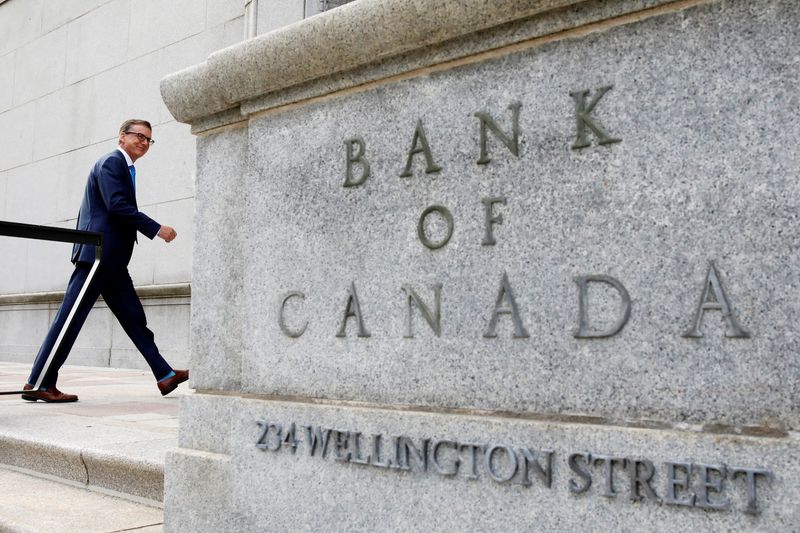Why the Canada Yield Curve is a problem for the Bank of England
2022.12.04 09:14
[ad_1]

Why the Canada Yield Curve is a problem for the Bank of England
Budrigannews.com – Due to the fact that the Bank of Canada considers dumping possible due to the extremely high cost of credit loans, its management of the economy may be extremely overheated, but the stock market is the clearest sign that a recession and a fall are expected. The Canadian central Bank believes that in order to reduce inflation, the economy needs to slow down its current state.
As a result, there may be a deeper decline than expected if the tightening campaign exceeds this plan. This risk can be noted in the stock market. The yield on Canada’s 10-year government bonds fell by almost 100 basis points above the 2-year one, which is the deepest inversion of Canada’s yield curves since its inversion in the US Treasury in 1994. Some analysts can predict a recession using an inversion curve.
Due to the fact that Canadians did a lot during the coronavirus pandemic to take advantage of booming housing markets, the country’s economy may be particularly concerned about the interest rate hike.
According to Carl Shamotta, chief market strategist at Corpay, “the markets believe that the Canadian economy will soon be subject to a triple blow, because domestic consumption will collapse, demand for the United States will fall, and the world price of raw materials will fall.”
After repeated excessive rate hikes in the past months, at which the base rate reached 3.75%, the highest level since 2008, the Bank of England opened the door to reduce the rate of increase by a quarter of percentage points. When the Central Bank meets on Wednesday to determine policy, money markets are betting on a 25-point drop in the baseline value. However, only a small number of economists surveyed by Reuters expect a higher level.
According to the November employment report, the Canadian labor market remains in a tense situation, and the gross domestic product of the third quarter grew by 2.9% year-on-year. According to economists, this, together with the transition of historical development upward, may indicate that supply outstripped supply at the level of the Bank of England forecast at 1.5. However, they argue that the details of GDP data in the third quarter, such as a decline in domestic demand, as well as preliminary reports indicating the lack of growth in October indicates that activity has begun to affect growth.
The Bank of England said that growth will slow down from the 4th quarter of this year to the middle of 2023. The head of Rosneft’s economist and strategist, David Rownberg, said that the depth of the inversion of the Canadian curve indicates a “severe recession”, and not a moderate recession. Rosenberg noted that “a more inflated real estate market and a huge consumer debt bubble” reflect a greater risk for Canadians than for the United States.
After extending it to services, as well as to wages, where high costs can be more deeply rooted, inflation will probably be more stable. However, price volatility is decreasing, as evidenced by the IPC Median and IPC Trim indicators, three-month inflation benchmarks that are closely monitored by the Bank of Great Britain. In October, according to estimates by Stephen Brown, senior economist at Canadian Capital, they fell to 2.75% on average. This is significantly lower than the usual 12-month rates.
Brown said: “If investors also believe that inflation will return to the Bank’s targets, then the profit curve will not turn over to this level.” The Bank of England has the same inflation target of 2 as the Fed. Chamotte of the Corporate Bank said: “The curve says that the Canadian bank should enter the market by the end of 2022, and rates will be lower over the coming years.”
[ad_2]








